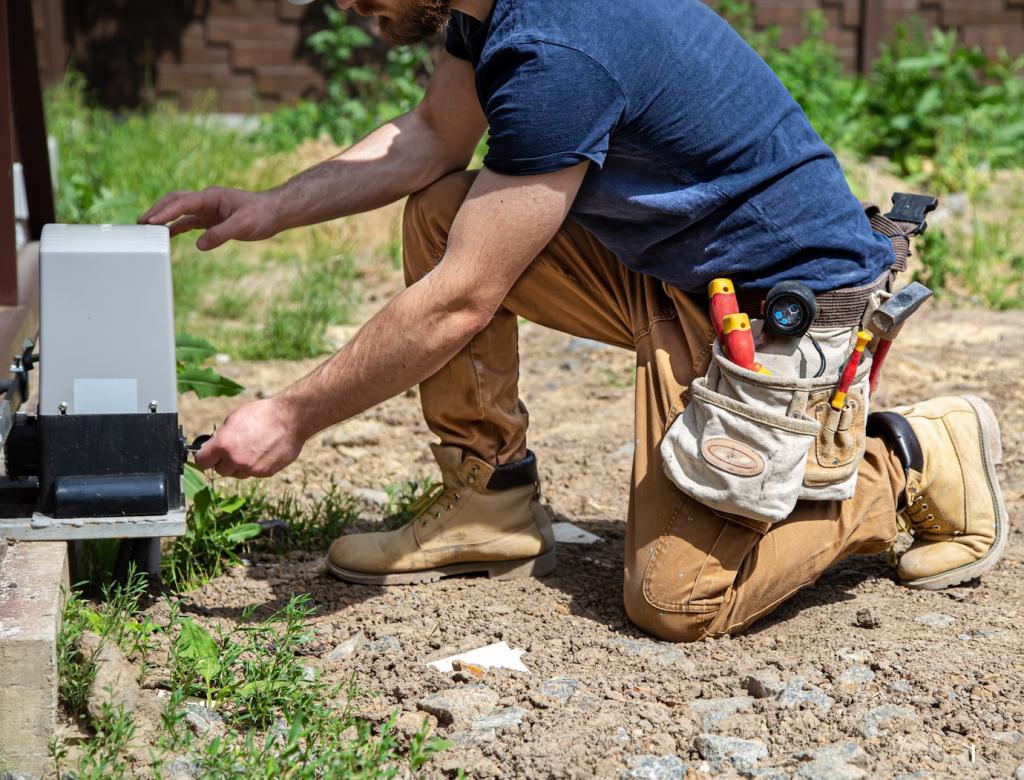Natural Polishing Techniques for Wood Furniture
Wood, Grain, and the Glow: Why Natural Polishes Work
Every species tells a story through its grain and pores. Oak drinks oil eagerly, maple resists, and walnut rewards slow patience. Study the figure under raking light, then plan your polish to enhance it.
Beeswax, carnauba, and plant oils that perform
Beeswax offers warmth and ease, carnauba adds hardness and higher shine, while tung and polymerized linseed oils give durable, food-safe protection. Blend small batches to test feel, luster, and drying behavior.
Choosing ethical, low-odor sources
Look for sustainably harvested waxes, cold-pressed oils, and reputable shellac flakes. Seek suppliers who disclose origin and additives. Your nose guides the process: subtle, natural scents support slow, mindful polishing sessions.
Tools that keep the process gentle and precise
Clean cotton cloths, lint-free pads, a card scraper, fine abrasives, and a soft horsehair brush support refined work. Label rags, use glass jars for mixes, and track experiments in a simple shop notebook.



Prep Makes the Polish: Cleaning, Sanding, and Dust Control
Begin with a barely damp cloth and mild soap to lift grime. Avoid soaking end grain. Follow with a wipe of alcohol for shellac projects, or citrus-based cleaner sparingly when residues persist.
Prep Makes the Polish: Cleaning, Sanding, and Dust Control
Work through fine grits patiently, always with the grain. Lightly mist, let fibers stand, then knock back fuzz for a smoother final pass. This step yields crisper pores and a silkier hand-feel.
Oil Polishing, Waxing, and French Polishing: Step-by-Step
Flood a thin coat, work it in with warmth from your hands, then wipe back to near-dry. Let cure thoroughly. Repeat sparingly. The glow arrives when you stop just before saturation and streaking.

Maintaining the Natural Finish Day to Day
Light, regular buffing to revive luster
A soft cloth and a few minutes each week keep waxes burnished and oils refreshed. Avoid over-application; often, friction and warmth restore glow better than another product layer.
Guarding against sunlight, heat, and humidity
Rotate pieces away from harsh sun, use coasters religiously, and keep humidity moderate. Wood moves with the seasons; stable environments minimize checking, lifting, or dulling of carefully built finishes.
Natural fixes for rings, scuffs, and dryness
For light water rings, try gentle heat with a cloth and iron, then a tiny dab of oil. Minor scuffs buff out with wax. When dry, refresh with a whisper-thin oil coat.
Safety, Sustainability, and Peace of Mind

Handling oil-soaked rags to prevent fires
Drying oils can self-heat. Lay rags flat to dry outdoors, submerge in water, or seal in a metal container before disposal. Label containers clearly and keep them away from heat sources.

Choosing sustainable materials and minimizing waste
Buy only what you’ll use within months. Favor responsibly harvested waxes and regional oils. Reuse jars, repurpose cloths, and filter leftover polish through cheesecloth to extend its working life.

Ventilation and family-friendly finishing spaces
Even natural products need fresh air. Work with windows open and fans pulling air away from you. Store finishes high and sealed, and schedule polishing when pets and children are occupied.
Troubleshooting: From Sticky Surfaces to Uneven Sheen
You may have applied too thickly or polished in cool, humid conditions. Wipe back with a clean cloth, increase airflow, and allow extra curing time before attempting a very thin refresh.
Troubleshooting: From Sticky Surfaces to Uneven Sheen
Pine and fir can drink unevenly. A light pre-treatment with a thin shellac wash or oil-based conditioner evens uptake. Always test on hidden areas and adjust your timing between coats.


Join In: Share Results, Ask Questions, Stay Inspired
Post a snapshot of a dulled tabletop and its revived finish. Tell us your exact oil, wax blend, and timing. Your notes help newcomers avoid mistakes and celebrate quiet, beautiful results.

Join our mailing list
